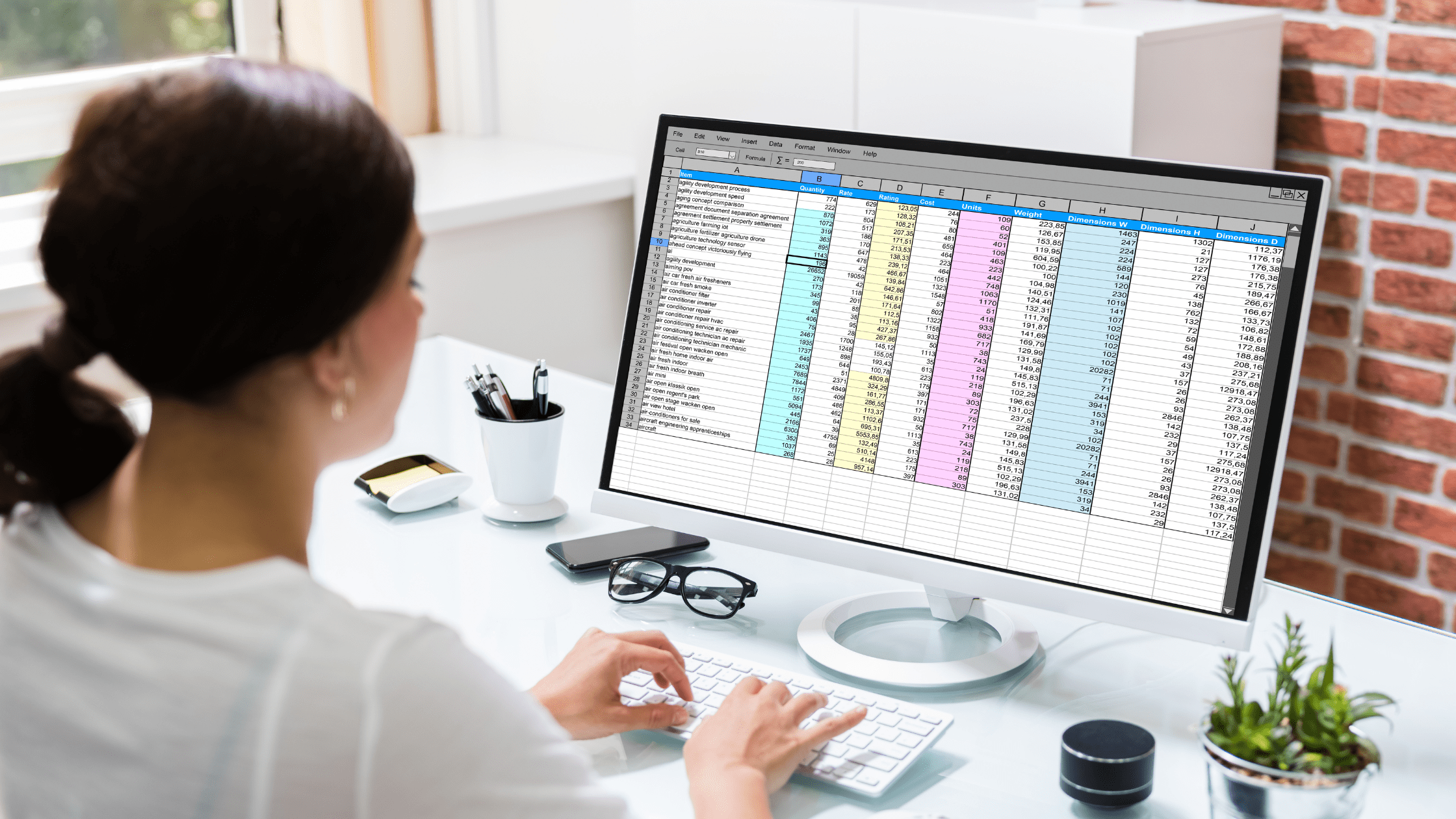Microlearning has taken the corporate learning world by storm in recent years. A whole range of businesses have found that microlearning allows busy workplace learners to consume information in small, digestible chunks.
Check out our overview of microlearning here!
When used effectively, microlearning can be a powerful tool for boosting employee productivity and engagement. Here are some best practices for using microlearning in corporate learning programs:
1. Keep it short and sweet2. Make it engaging
3. Use different formats
4. Use spaced repetition
5. Personalise your content
6. Make it accessible
7. Assess employees regularly
8. Provide feedback
9. Encourage social learning
10. Keep it fresh
1. Keep it short and sweet.
The whole point of microlearning is that it is brief and to-the-point. Employees should be able to complete a microlearning lesson in just a few minutes. We recommend an absolute maximum of 5 minutes. The optimum length for a piece of microlearning content is 1-3 minutes. That said, in the age of TikTok, even pieces of around 30 seconds can be effective!
2. Make it engaging.
Since microlearning lessons are short, it’s important to make them as engaging as possible. Mix up your visuals – emojis, bright colours and fun instructors can go a long way. Make it light-hearted and informal – corporate microlearning doesn’t have to be corporate microlearning!
3. Use different formats.
Microlearning doesn’t have to be all text-based. In fact, text is probably the least useful medium. Video is preferable, but also consider image-based learning and podcasts!
4. Use spaced repetition.
Spaced repetition is a powerful learning technique that involves breaking up information into small pieces and repeating it over time. In a corporate context it can be used to ‘top up’ information in the days, weeks and months after a training session. Microlearning is especially useful in this context – create reminders about what your teams learned to keep it in the front of their minds.
5. Personalise your content.
When creating microlearning content, consider the needs and preferences of your employees. Are there certain topics they need to learn more about? Are there certain formats they prefer?
The way to do personalisation is to really understand your people. Conduct regular feedback sessions so that they can tell you what’s working and what isn’t.
6. Make it accessible.
Employees should be able to access microlearning content when and where they need it. For workplace learners this is super important. An asynchronous library will allow learners to fit in the learning they need, at a time that suits them.
The whole point of microlearning is to save people time – that won’t work if they are having to fit their timetables around dedicated learning time.
7. Assess employees regularly.
Employees should be able to access microlearning content when and where they need it. For workplace learners this is super important. An asynchronous library will allow learners to fit in the learning they need, at a time that suits them.
The whole point of microlearning is to save people time – that won’t work if they are having to fit their timetables around dedicated learning time.
8. Provide feedback.
Make sure to provide employees with feedback on their performance. This will help them understand what they need to work on and what they’re doing well.
9. Encourage social learning.
In addition to traditional microlearning content, encourage social learning by allowing employees to share their own tips, tricks, and resources. This can be done on Slack channels – or through many learning platforms.
Since you’re here – the 5Mins app has social features that will help even the most disengaged employees share in the learning experience. Leaderboards, tagging and weekly competitions all help learners to learn socially, rather than on their own.
10. Keep it fresh.
Just like any other learning content, microlearning content can become stale over time. The great thing about microlearning content is that you can add new stuff all the time, incrementally. It doesn’t take much time and resources to add some up-to-date content, as opposed to producing hours of new stuff.
The other important thing to remember when keeping your microlearning content fresh is that i in the age of TikTok people instinctively short-form content to be more casual and on-trend. Keep tabs on what’s hot on social media right now if you want to create microlearning content that really hits home, especially with the younger employees!
The 5Mins learning platform is designed to make it super easy to integrate these microlearning techniques into your corporate learning strategy.
Interested to see how? Let's have a chat.
.png)




